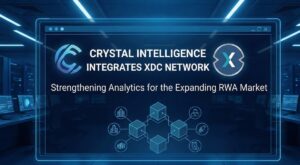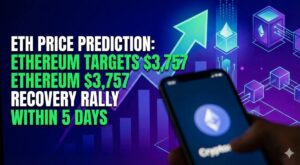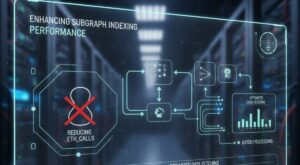The Abu Dhabi Global Market’s (ADGM) Registration Authority (RA) recently implemented Distributed Ledger Technology (DLT) Foundations Regulations 2023
These regulations allow for the smooth creation of a “DLT Foundation.” It requires the submission of a properly signed charter. This charter contains documents such as the organization’s white paper, tokenomics paper, and a link to a technical document called a DLT Framework.
Decentralized autonomous organizations (DAOs), Web3 entities, blockchain foundations, and traditional foundations expanding into DLT are all subject to regulations under the Distributed Ledger Technology (DLT) Foundations Regulations.
Registering a DLT foundation
The founder of a DLT foundation must submit a charter and further supporting documents to the Registrar of DLT Foundations along with the required payment of a fee in order to begin the foundation’s registration process. The charter contains the goals of the foundation, how it operates, who is in charge, who is entitled to what, and what tokenholders’ obligations are. Token holders are those who own or control tokens that the DLT foundation has issued and who are entitled to certain informational and voting rights. Also, a DLT foundation must have an initial asset value of at least $50,000 with the option of further endowments from the creator or other sources of money.
Governance Requirements
A DLT foundation’s governance structure includes tokenholders, a guardian, and a foundation council. The foundation council manages the DLT foundation’s resources and activities. The council must have a minimum of two and a maximum of sixteen council members. Each member has his own requirements and responsibilities.
This council controls the management of the foundation’s assets. This council makes sure its goals are met and maintains adherence to the foundation’s charter and other duties. Interestingly, the foundation council has some veto authority over decisions made by other governance and organizational entities inside the foundation.
The guardian, chosen by the council or the founder, ensures that the council follows the goals of the DLT foundation. The guardian gets certain authority and duties. The tokenholders or the council can dismiss or replace the guardian. Certain issues that affect the DLT foundation, such as changes to the charter, migration, or dissolution, are subject to tokenholder approval or rejection.
Reporting
A DLT foundation is required to keep accounting records up to date and prepare annual accounts that are subject to an independent auditor’s audit. These accounts must be turned in to the Registrar within six months of the end of the fiscal year and made available to the public on the DLT Foundation website. In addition to having the power to impose penalties for noncompliance, the Registrar is able to examine, modify, or require changes to the accounts.
Under certain circumstances and after receiving the necessary approvals, a DLT foundation may migrate into or out of the ADGM. The Registrar can also dissolve a DLT foundation, the court, or the tokenholders if the situation permits. In the event that a DLT foundation gets removed from the registry, it forfeits its assets to the ADGM. Furthermore, it loses its legal status as an entity. Within six years of its removal, a DLT foundation may be reinstated onto the registry, though, if the Registrar or the court decides it is just and equitable to do so.
Takeaways
DLT Regulations establish a clear and flexible legal framework appropriate for DLT foundations. It is expected that these foundations will play a crucial role in promoting and developing DLT innovation in the ADGM and other settings. The DLT Regulations are significant because they are the first formal framework created to support DAO operations.




























